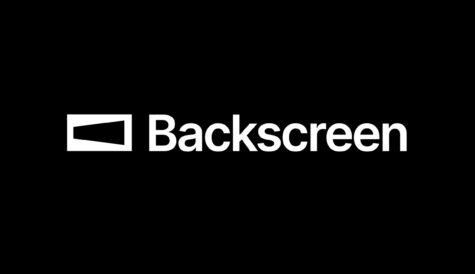Seachange moves to SaaS model, launches new OTT platform
Seachange will look to partner with or acquire new application developers and internet-of-things solutions providers to deliver additional value to service providers as cable transitions to an RDK-based standardised platform, according to the company’s new CEO Jay Samit.
In an exclusive interview, Samit this week told DTVE that cable and other operators would soon look to deliver a complete range of smart home services to their subscribers, including home security, energy and healthcare monitoring.
“We can work with companies that have the solutions to get [these services] out there,” he said. Samit said Seachange could make some acquisitions to further this drive towards delivering added value services for operators, as well as partnering with solutions providers.
Samit said that Seachange would move up the value chain to provide support for advanced services, particularly as cable operators are becoming more cautious about taking on additional capital expenditure. “We are moving more towards a software-as-a-service model,” he said.
Samit said he was confident that cable was best placed to benefit from new service innovation.“Cable can provide all these services because operators have a gateway to the home,” he said.
He said cable operators had an advantage over rivals including large internet players such as Google because they “owned the billing relationship” as well as benefiting from a two-way connection, giving them an advantage over satellite TV companies.
Samit said that cable operators would be able to deliver “a unified interface rather than a TV interface” that would encompass all screens in the home. He said the ability to discover content seamlessly would be key and that Seachange’s Nucleus platform is designed to enable this by providing a common experience across cable set-top boxes and other IP-connected devices that can play back video.
Samit said that RDK – the Comcast-led initiative to create a common framework for cable consumer premises equipment – would help to enable smaller operators to deliver a similar range of options as larger MSOs by reducing the investment required to deliver advanced services.
“RDK gives us a huge advantage because it allows us to roll out more robust offerings at greater speed,” he said. He said it would have a similar impoact on cable as DOS had on the PC world.
Samit said that cable operators also stood to reap dividends from the evolution of the advertising model – with targeting down to the individual level and identification of viewers via their social network sign-ins transforming video advertising into something similar to that already found on the web.
He said the ability to deliver targeted advertising and to replace ads on recordings in the cloud as well as on-demand assets would be important in enabling video services providers to make money going forwards.
In line with Samit’s vision, Seachange has this week unveiled a new OTT platform, Rave, that will be deliverable in a cloud-based SaaS model as well as via other means.
According to the company, this enables on-demand, time-shifted, live and downloaded content across devices.
The Rave platform performs on three levels: presentation to any device and operating system; seamless connection through the open SeaChange Rave Unit layer; and services integrated with existing business systems throughout a content publisher’s or service provider’s operation.
Seachange is providing the technology for the new BBC Store download-to-own service, to be launched next year.
Seachange this week reported third quarter revenues of US$30 million (€24 million) and a loss of US$5.9 million. For the first nine months of fiscal 2015, the Company posted revenue of US$84.2 million and a loss from operations of approximately US$21.2 million, compared to revenue of US$110.7 million and an operating loss of US$0.8 million for the same period last year. The company now expects lower than previously forecast full year revenues and higher losses due to the timing of revenue recognition associated with its multiscreen products and services previously anticipated in the fourth quarter.




